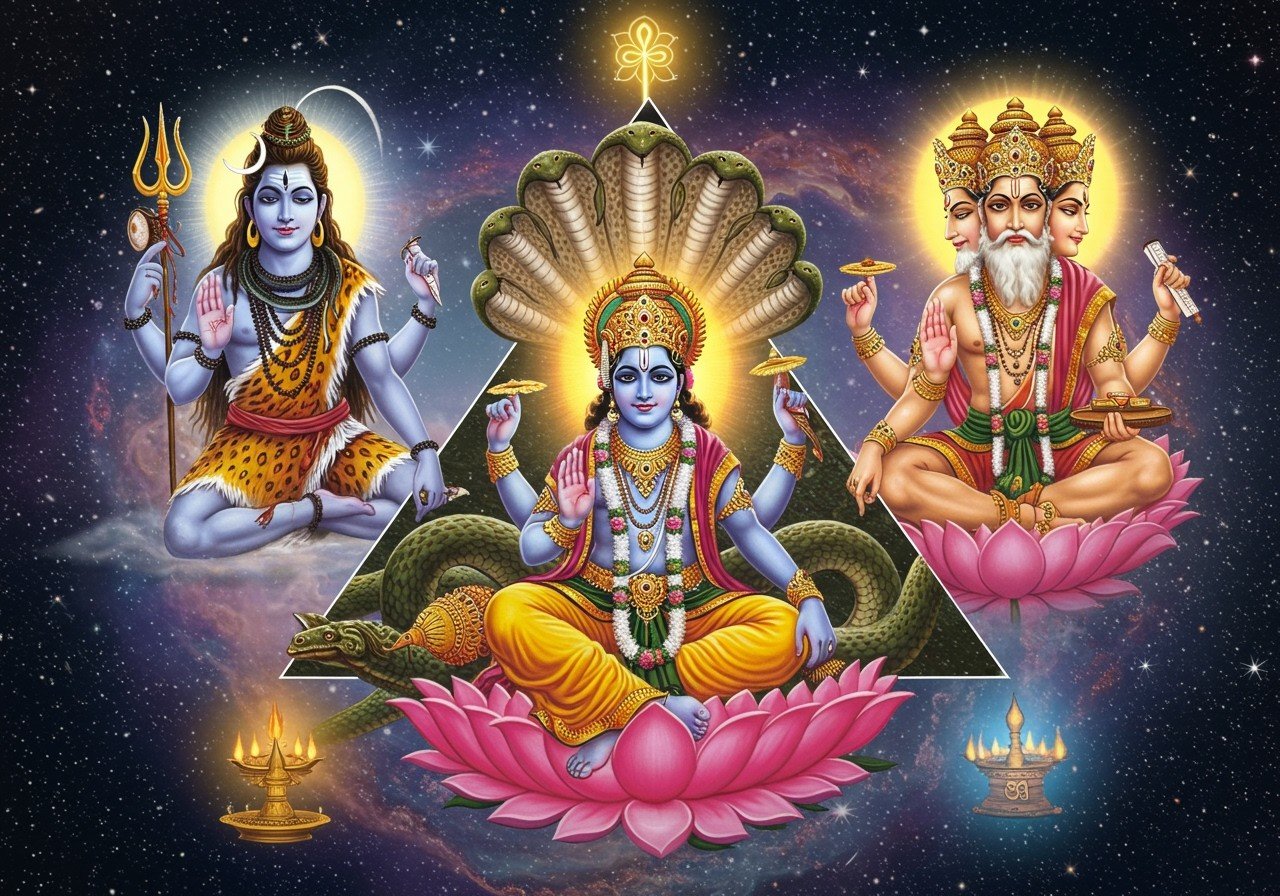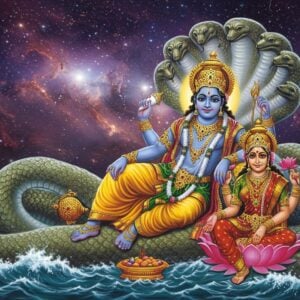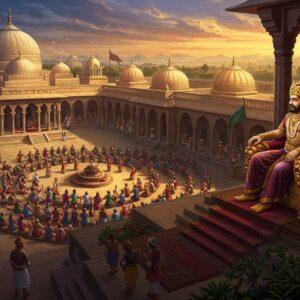
In Hinduism, the Trimurti represents the three fundamental forces of the cosmos: creation, preservation, and destruction. This divine trinity comprises Brahma, the creator, Vishnu, the preserver, and Mahesh (Shiva), the destroyer. These deities embody the cyclical nature of existence, a core concept in Hindu philosophy. The Trimurti influences countless rituals, art forms, and philosophical discussions.
Delving into the Trimurti
The Trimurti is a cornerstone of Hindu belief. It consists of:
- Brahma: The Creator, responsible for bringing the universe into being. He is often depicted with four heads, symbolizing the four Vedas, and is associated with knowledge and wisdom.
- Vishnu: The Preserver, maintaining balance and order in the cosmos. Vishnu is known for his various avatars, divine incarnations that restore cosmic harmony, such as Rama and Krishna. He is often depicted with four arms, holding symbolic objects like the conch, discus, mace, and lotus.
- Shiva (Mahesh): The Destroyer, representing the necessary destruction for renewal and rebirth. Shiva is a complex deity, associated with both asceticism and householder life. His iconography often includes a third eye, a crescent moon, and the Ganges flowing from his hair.
Brahma: The Architect of Existence
Brahma holds the role of the creator within the Trimurti. He is often depicted with four heads, symbolizing the four Vedas, the sacred scriptures of Hinduism. Brahma’s consort is Saraswati, the goddess of knowledge, arts, and learning. Although essential to the Trimurti, Brahma receives less direct worship in contemporary Hinduism compared to Vishnu and Shiva.
Find exquisite Brahma idols and puja items at Poojn.in to honor this important deity.
Vishnu: The Guardian of Balance
Vishnu, the preserver, sustains the universe and maintains cosmic order (dharma). He is widely revered and worshipped through his various avatars, including Rama and Krishna, who are central figures in Hindu epics like the Ramayana and the Mahabharata. Vishnu’s consort is Lakshmi, the goddess of wealth and prosperity. Explore our collection of Laddu Gopal and Radha Krishna murtis at Poojn.in.
Shiva: The Catalyst of Transformation
Shiva embodies destruction, an integral part of the cycle of creation, preservation, and destruction. This destruction paves the way for renewal and rebirth. Shiva is often depicted with blue skin, symbolizing the infinite cosmos. His consort, Parvati, represents power and devotion. Together, they symbolize the balance of creation and destruction. Discover a wide range of Lord Shiva murtis and other puja essentials at Poojn.in.
The Significance of the Trimurti
The Trimurti symbolizes the cyclical nature of the universe, mirroring the continuous cycle of birth, life, and death. It emphasizes the interconnectedness of these three forces. This concept is deeply ingrained in Hindu philosophy and spirituality, reminding individuals of the impermanence of all things and the importance of balance.
The Tridevi: The Feminine Counterpart
Alongside the Trimurti exists the Tridevi, comprising Saraswati (consort of Brahma), Lakshmi (consort of Vishnu), and Parvati (consort of Shiva). These goddesses complement their male counterparts, representing wisdom, prosperity, and power, respectively. The Tridevi emphasizes the importance of the feminine principle in the cosmic balance.
The Trimurti in Daily Life and Worship
The Trimurti’s influence extends to daily life and spiritual practices. Devotees seek blessings from these deities for creation, preservation, and transformation in their lives. This understanding encourages acceptance of life’s cyclical nature. Enhance your Trimurti worship with authentic puja items from Poojn.in, including camphor and other essential samagri.
FAQs: Exploring the Trimurti
Who are the Trimurti gods? The Trimurti consists of Brahma, Vishnu, and Mahesh (Shiva), representing creation, preservation, and destruction.
What does the Trimurti symbolize? It represents the cyclical nature of the universe and the balance between creation, preservation, and destruction.
Why is Brahma less worshipped than Vishnu and Shiva? While integral to the Trimurti, Brahma’s active role in creation is considered complete, whereas Vishnu and Shiva continue to preserve and transform the universe. His temples are also less common.
How does the Trimurti relate to daily life? The Trimurti teaches us about the continuous cycle of creation, preservation, and destruction, encouraging acceptance of change and impermanence in life.
Explore a wide array of spiritual products and deepen your understanding of Hindu traditions at Poojn.in. We offer a diverse selection of puja items, murtis, and religious texts to enhance your spiritual journey. Discover the rich heritage of the Trimurti and find the perfect resources to support your devotion.


